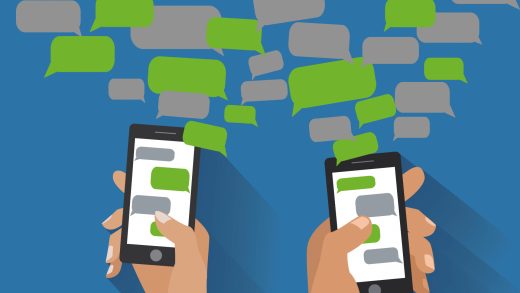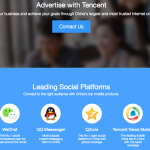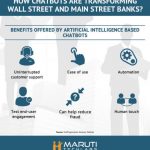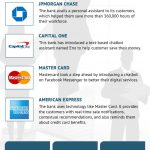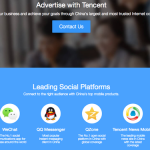Chatbots: Hype or the real deal?
Are you considering implementing chatbot technology for your business? Columnist Matt Silk explains when this technology might be appropriate and whether or not you should buy into the hype.
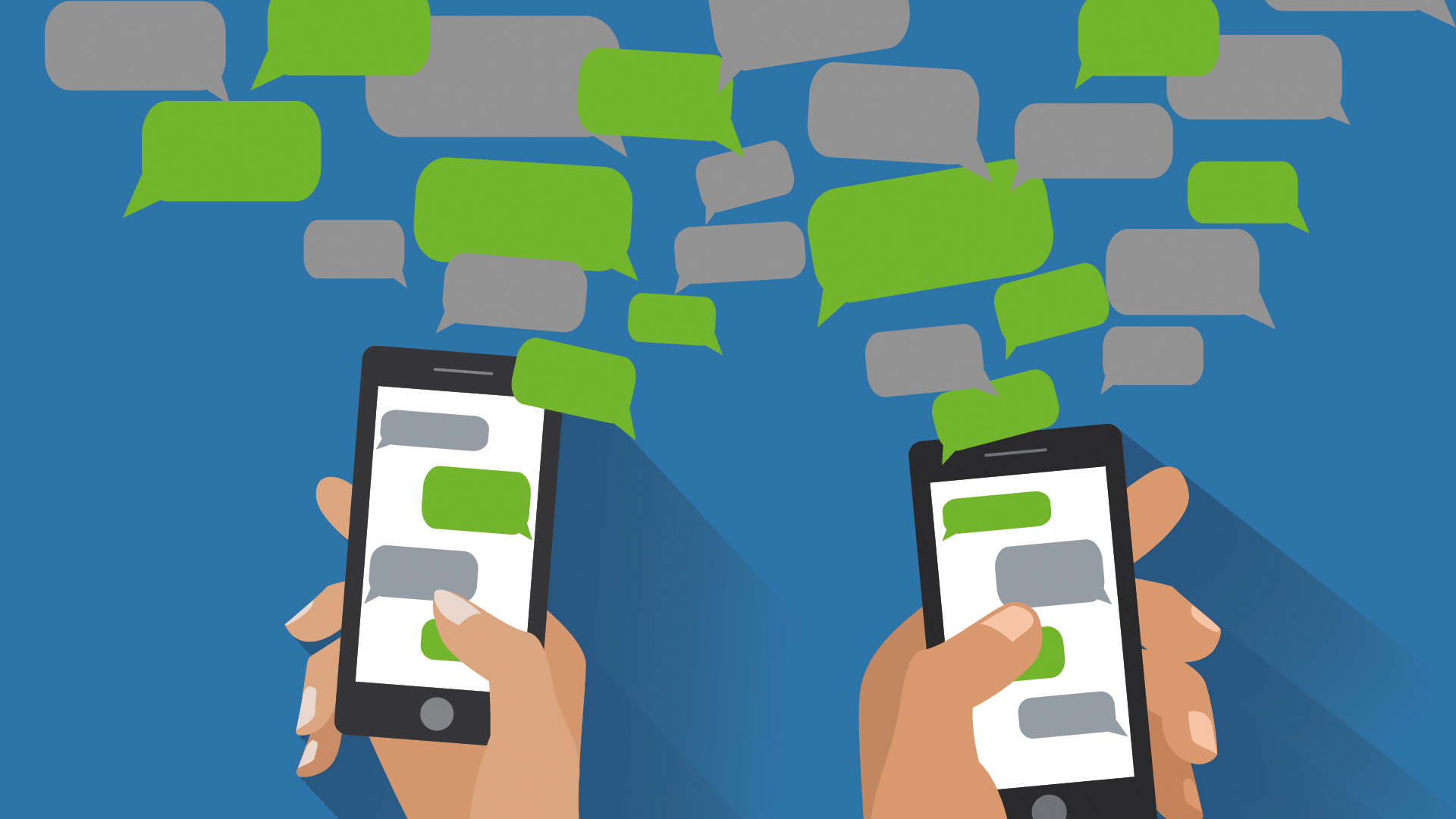
Last December, Starbucks announced “My Starbucks Barista,” a virtual barista for its mobile app that enables customers to place orders via voice command or messaging interface. This led me to consider the current perception of artificial intelligence and where it stands in relation to the current reality of the technology. Are chatbots the real deal or yet another victim of hyped technology?
If you ask me, chatbots are still in the hype phase within the public eye and don’t deserve a fraction of the attention they currently receive. While this may sound harsh, it’s important to understand the difference between potential and intrinsic value, just like with any other new technology.
Why are chatbots still hype?
You may be asking, if a brand as large as Starbucks is launching a chatbot, how can AI and chatbots still be considered hype? Well, before launching this bot, Starbucks built a database of 12 million Starbucks Rewards members with 8 million customers purchasing their everyday coffee orders via mobile. With a loyal customer base and transactions already occurring at a massive scale, gathering a couple of engineers to add a cool feature that will complement an existing mobile experience is easy.
Starbucks has the installed base to easily measure the ROI of an added feature within their well dialed-in and mature app experience without much required investment. It also helps to have loyal customers who visit their stores multiple times per week to test out the latest tech and determine its functionality.
Starbucks is clearly an exception and a brand with the capital to try, fail and iterate until they find the perfect option. This is great for the industry as a whole, but not the right path for every brand. Let’s break it down further and see if a chatbot makes sense for your business goals.
Audience/channel
Starbucks’ chatbot is being deployed within the Starbucks App, where there is already a massive audience. Where are you planning to build and deploy your chatbot? Options like Facebook Messenger, Line, WeChat and WhatsApp, or even your own app, are worth considering, but…
- Have you already captured a large audience that is engaging in those channels/networks?
- Do you have the staff to manage those experiences today?
- Do you have the tools to manage/track/analyze those automated conversations?
If you aren’t able to answer all of these questions confidently, it may be a good idea to hold off on your chatbot pitch. As with just about any AI product, your chatbot won’t be perfect on day one, so it’s likely you’ll need to automate as much as possible but also have a manual fall back with customer service representatives that will step in when customers have trouble. Where and how do you plan to manage those conversations?
A recent report from Publicis Groupe’s DigitasLBi found that 73 percent of survey respondents said they would never use a chatbot again if they had a bad experience during their first encounter with the product. With a margin of error like that, be sure you are ready to invest in the right solution that works for your customer base.
Use case
Are you planning to use the chatbot for sales, customer service, marketing, or all of the above? Focusing on a couple of key use cases is critical to build familiarity with the technology. To start, pick the channel where you have a sizable audience and focus on a feature that your user base would benefit from the most. If you’re a retailer and have a product recommendation engine built into your website, then a chatbot on Facebook Messenger to give product recommendations could be a smart addition.
However, I would suggest returning to the basics and focus on building your mobile audience first. Only once you have discovered where and how your subscribers want to talk to you in the mobile sphere, in addition to the content they’re interested in seeing, will you be able to offer the right solutions.
Or try layering in a simple SMS option for customer service first. Thinking through the people, process, and tech on this front provides a very clear ROI to avoid expensive calls to a call center. An IVR (interactive voice response) call tree would be an easy project to mobilize quickly, with reps available to answer the rest of the inquiries that the automated “bot” is unable to handle effectively.
Technically, you could even call this a chatbot without the need for expensive AI testing. If the bot couldn’t handle a request, simply let customers schedule a call back time via text, creating a better queue management system.
Final thoughts
It’s important to understand that chatbots aren’t a silver bullet, nor are they a siloed solution that you can just launch and start collecting money. Building a solid foundation will be the key to running a successful chatbot program, so focus there first. Early technologies need time to mature, and it would be wise to let the big brands like Starbucks burn the massive of amounts of cash needed to bring this technology to the next level.
Some opinions expressed in this article may be those of a guest author and not necessarily Marketing Land. Staff authors are listed here.
Marketing Land – Internet Marketing News, Strategies & Tips
(52)

